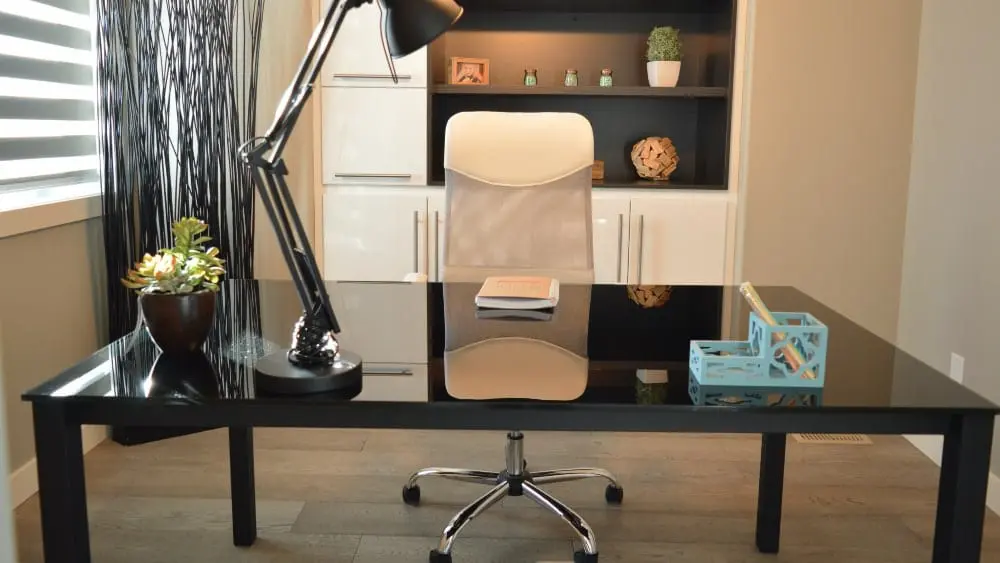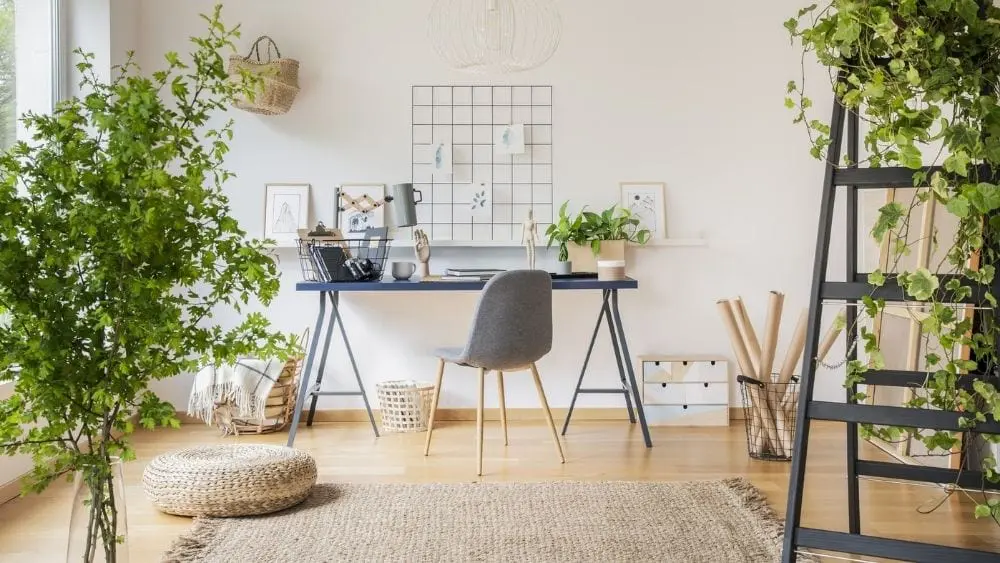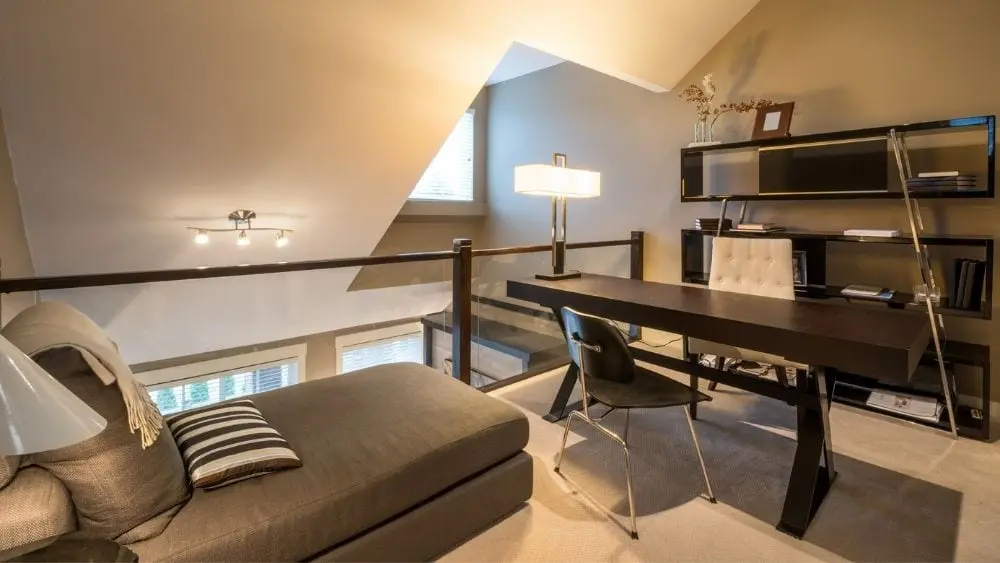
In designing your dream office, you want to create a space that’s equal parts productive, organized and mood boosting. To achieve that, there’s one major component you must zero in on: the seating.
Why is your office seating so important? It’s the key to productivity. If your seating isn’t physically comfortable or resistant to daily wear and tear, then you’re probably not going to utilize your home office to its fullest potential. So, the right office seating will not only help the room look harmonious, but it’ll also make your actual workload feel fruitful and meaningful.
How can you find the best home office seating for your new home office? Read on for our tips and tricks. You’ll have the best seating options in a snap.
Before You Get Started
The seating in your home office should fit your personality, budget, design preferences and the room layout. But don’t get ahead of yourself and start impulse-buying chairs, couches or ottomans. Follow these steps instead to get the ball rolling on finding the perfect pieces.
Determine the office layout and square footage. This is the first but most important step to configuring any home office, and knowing the exact specs and size of the space will ensure that you can make the best seating choices.
Decide how much use the home office will get. Will this office be used every day, sporadically or infrequently? Will it be used to work remotely? Will it be used to meet with clients or for services such as therapy or coaching? Will the home office be used to create products? Will it also be a designated space for studying, side hustles and hobbies? Once the room’s purpose is locked in, then choosing the right seating becomes easier.
Determine who will have access to the office. Will the office be shared with a spouse, family members or children? Does the seating need to be pet-friendly and pet-safe? If you need to have shared seating, think about comfort level, accessibility, number of seats and frequency of use.
Consider seating styles and trends. This can be fun, but also overwhelming to land on just one or two styles. Research trends, colors, textures and designs that boost your mood and make you feel productive. Remember that seating should be durable, comfortable and eye-catching.
Pin down the budget. Once you determine your seating needs and have an idea of the look you want, put together a budget that includes any custom work, special fabrics and product costs. Consider care and maintenance costs for various seating options too. With a budget in place, it’ll be easier to move forward with your builder or interior designer.
Home Office Seating Options

The office chair is no doubt the most important and most used piece of furniture in your home office. You’ll sit in that chair for hours every day so you want to make sure to get one that is, above all, comfortable, as well as durable and that fits your overall design.
- Accent or reception chair. This seating option is aligned with design in mind. If the home office receives clients and guests, this is a savvy and smart option for the space. And it could also be a good option if you don’t plan to sit at a desk for long stretches of time.
- Drafting chair. This standard, cushioned armchair is for the homeowner who spends quite a bit of time doing hands-on work, such as illustration, painting, architecture or engineering. The height can be adjusted to accommodate taller task-oriented desks.
- Ergonomic chair. This chair can be customized to provide extra support, such as for posture, comfort or specific health care needs.
- Executive chair. This high-backed chair typically has wheels and can feature additional padded support on the back, sides and arms for additional comfort.
- Folding chair. This chair is a clever solution for a small office space, as it can fold up and be easily stowed away when not in use.
- Task chair. This is the standard, cushioned office chair that typically features support on the seat, back and armrests and usually has wheels.
Additional Seating Options

Home office seating can be much more than your desk chair, though. Depending on your needs, you may want to include a couch, chaise lounge or some ottomans to create an inviting office space.
Couch. Whether it’s a love seat or something longer, a couch is perfect for brainstorming, receiving clients and guests and creating a more relaxed work environment. Paired with a coffee table, it’s also a superb space to relax with coffee or take calls.
Chaise lounge. This long chair can be quite comfortable, but it’s also a snappy design choice. If you receive clients in the home, this long couch with armrests provides some style and comfortable, mood-boosting support.
Modular sofa. Sink deep into your work or create a relaxing environment for clients with a modular sofa. This seating choice offers movable and changeable options to fit your space. You could move the seats around the room to change up the furniture layout or to create other designated work zones. Modular sofas usually come paired with a movable ottoman piece for a chaise lounge-style section as well.
Ottoman. Need a place to kick up your feet? An ottoman is a backless and armless cushioned seating piece. You can sit on it directly or use it for foot support while sitting in a task chair or on a couch. This seating option can also serve as extra storage as many come with a hinged top to store office supplies, tools and more.

Stephanie Valente is a Content Director and Editor in Brooklyn, NY. She’s previously held writing and social media positions at Barkbox, Men’s Journal, and currently works at a full-service advertising agency. She’s a self-confessed home and design enthusiast. Stephanie is an award-winning poet and fiction writer. When she’s offline, you can find her taking a yoga class, running, hanging out with her rescue dog Pepper. Find her on stephanievalente.com.
 Best Methods for Installing Foundations by Material
Best Methods for Installing Foundations by Material